Fiddle-Leaf Fig Care – How To Grow A Fiddle-Leaf Fig Tree
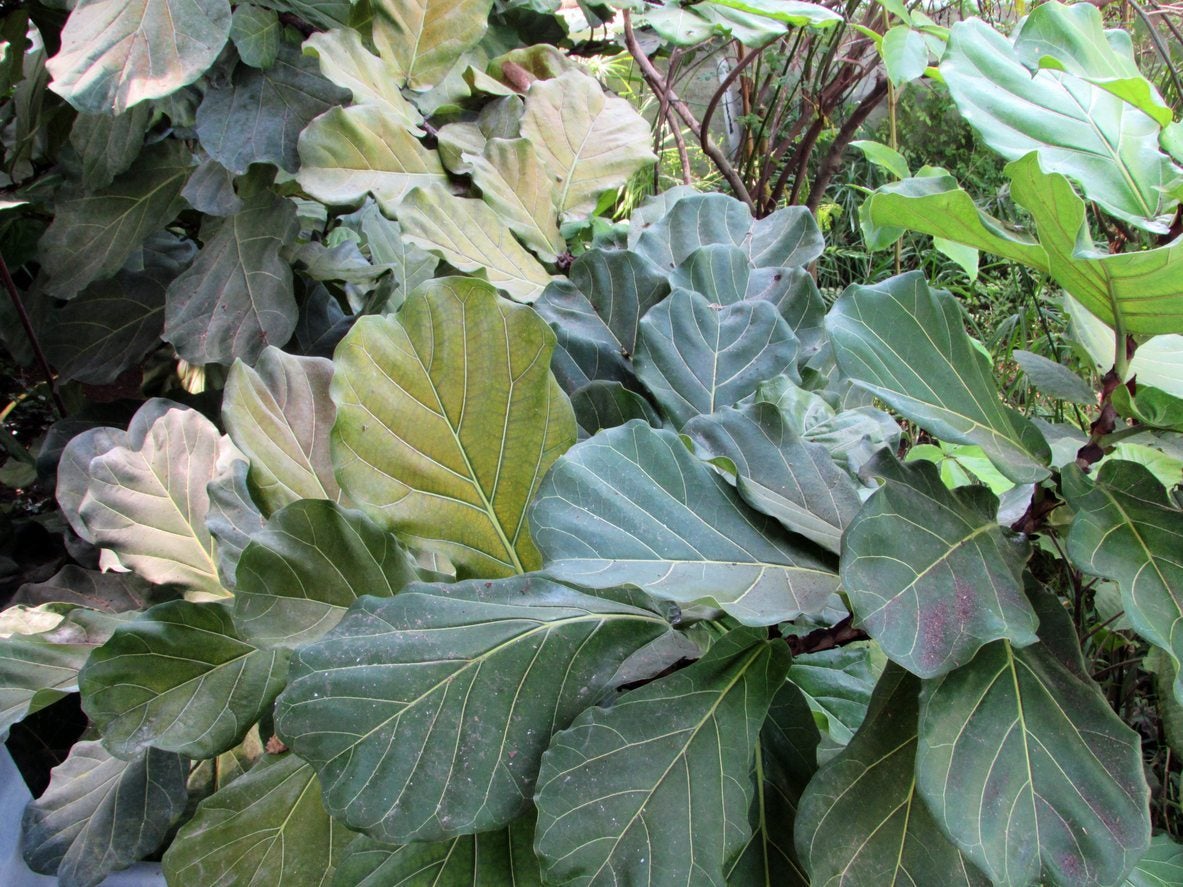

Amy Draiss
You may have seen people growing fiddle-leaf figs in southern Florida or in containers in well-lit offices or homes. The huge green leaves on fiddle-leaf fig trees give the plant a definite tropical air. If you are thinking growing this plant yourself or want information on fiddle-leaf fig care, read on.
What is a Fiddle-Leaf Fig?
So exactly what is a fiddle-leaf fig? Fiddle-leaf fig trees (Ficus lyrata) are evergreen trees with enormous, fiddle-shaped, green leaves. They can get 15 inches (38 cm.) long and 10 inches (25.5 cm.) wide. Native to African rain forests, they only thrive outdoors in the warmest climates like U.S. Department of Agriculture plant hardiness zones 10b and 11. The only places where you can start growing fiddle-leaf figs outdoors in the U.S. are coastal areas in southern Florida and southern California.
How to Grow a Fiddle-Leaf Fig Outside
Even if you live in a very warm zone, you may not want to start growing fiddle-leaf figs. The trees grow to 50 feet (15 m.) tall, with a spread just a little smaller. Trunks grow several feet (1 to 1.5 m.) thick. That may be too large for small gardens. If you decide to go ahead, plant your fiddle-leaf fig trees in a sunny location protected from the wind. This will increase the tree’s longevity. Another step you can take to keep the tree alive longer is to prune the tree early and often. Remove branches with tight branch crotches, since these can break off in storms and put the tree’s life at risk.
How to Grow a Fiddle-Leaf Fig Indoors
In cooler climates, you can start growing fiddle-leaf ferns as attractive container plants. Use a pot and potting soil that provide excellent drainage, since these trees won’t survive wet soil. Place it in a spot where it gets high, indirect light exposure. Fiddle-leaf fig care includes adequate water, but the worst thing you can do to fiddle-leaf fig trees is to overwater them. Don’t add water until the top inch (2.5 cm.) of soil is dry to the touch. If you start growing fiddle-leaf figs in containers, you’ll need to repot them every year. Move up one pot size when you see roots emerging from the pot.
Gardening tips, videos, info and more delivered right to your inbox!
Sign up for the Gardening Know How newsletter today and receive a free copy of our e-book "How to Grow Delicious Tomatoes".

Teo Spengler is a master gardener and a docent at the San Francisco Botanical Garden, where she hosts public tours. She has studied horticulture and written about nature, trees, plants, and gardening for more than two decades. Her extended family includes some 30 houseplants and hundreds of outdoor plants, including 250 trees, which are her main passion. Spengler currently splits her life between San Francisco and the French Basque Country, though she was raised in Alaska, giving her experience of gardening in a range of climates.
- Amy DraissDigital Community Manager
-
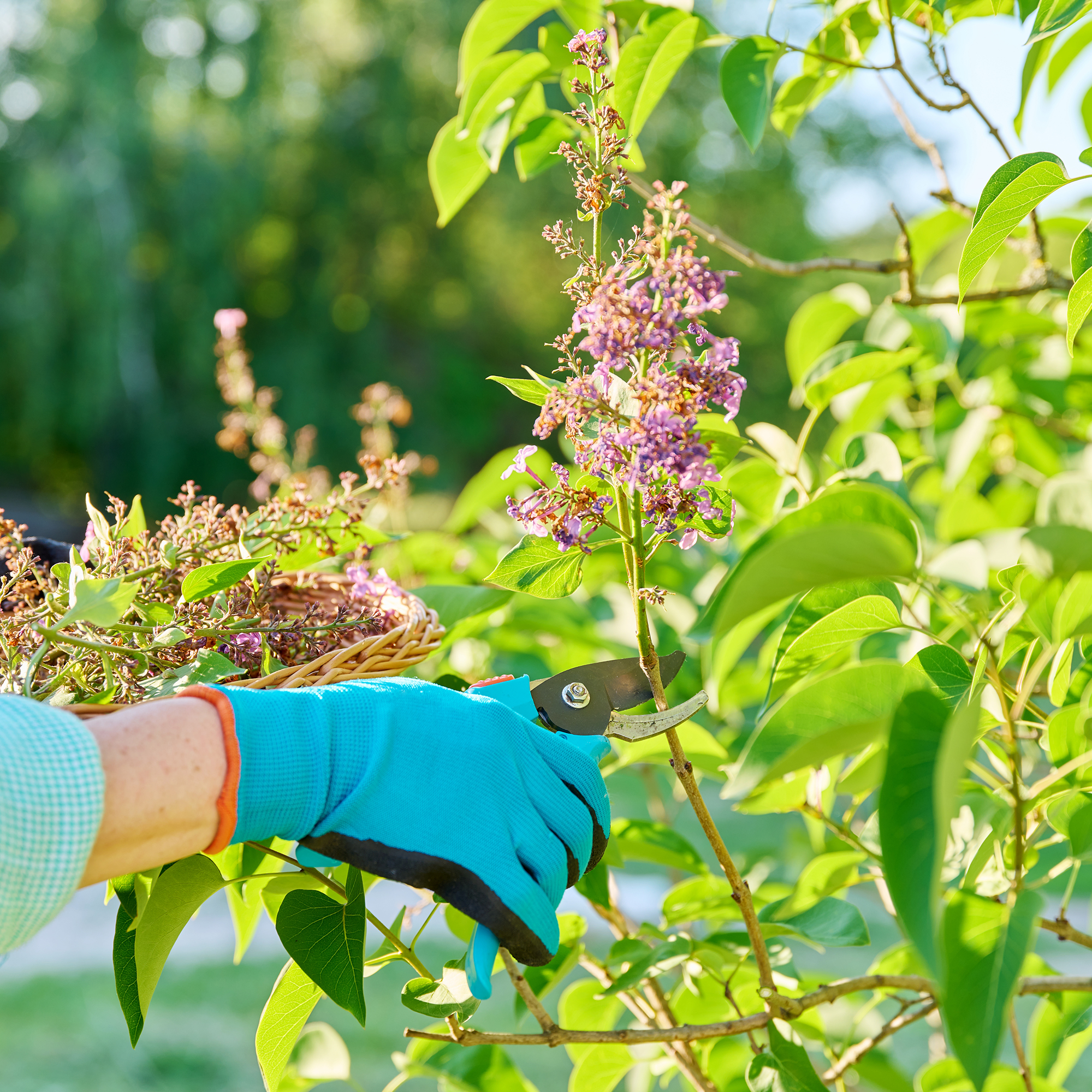 8 Plants You Should Always Prune In June – Or Risk Ruining Summer Growth
8 Plants You Should Always Prune In June – Or Risk Ruining Summer GrowthTiming is everything when pruning. Trim these key plants now to boost growth, prevent disease, and keep your garden thriving through summer.
-
 Do Deer Eat Hydrangeas? How To Keep Beloved Shrubs Safe From Greedy Grazers
Do Deer Eat Hydrangeas? How To Keep Beloved Shrubs Safe From Greedy GrazersDo deer like hydrangeas? Everything you need to now about deer and hydrangeas, including the best types to plant if you have deer in your area.
-
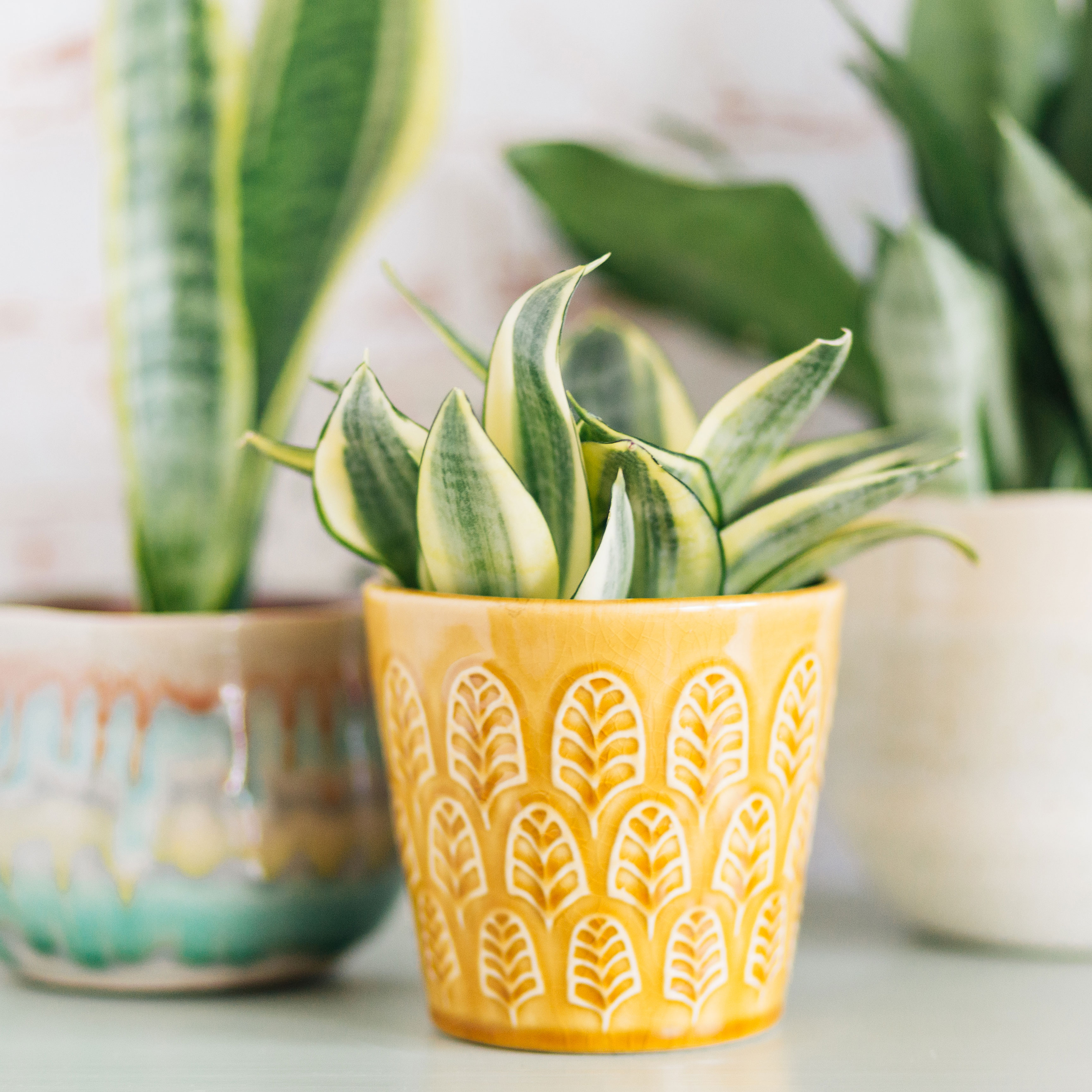 Grow A Bird’s Nest Snake Plant – The Adorable Mini Snake Variety For Every Houseplant Lover
Grow A Bird’s Nest Snake Plant – The Adorable Mini Snake Variety For Every Houseplant LoverYou may be used to seeing snake plants towering against living room interiors, but if your tastes run more to the small and dainty, try growing a bird’s nest snake plant
-
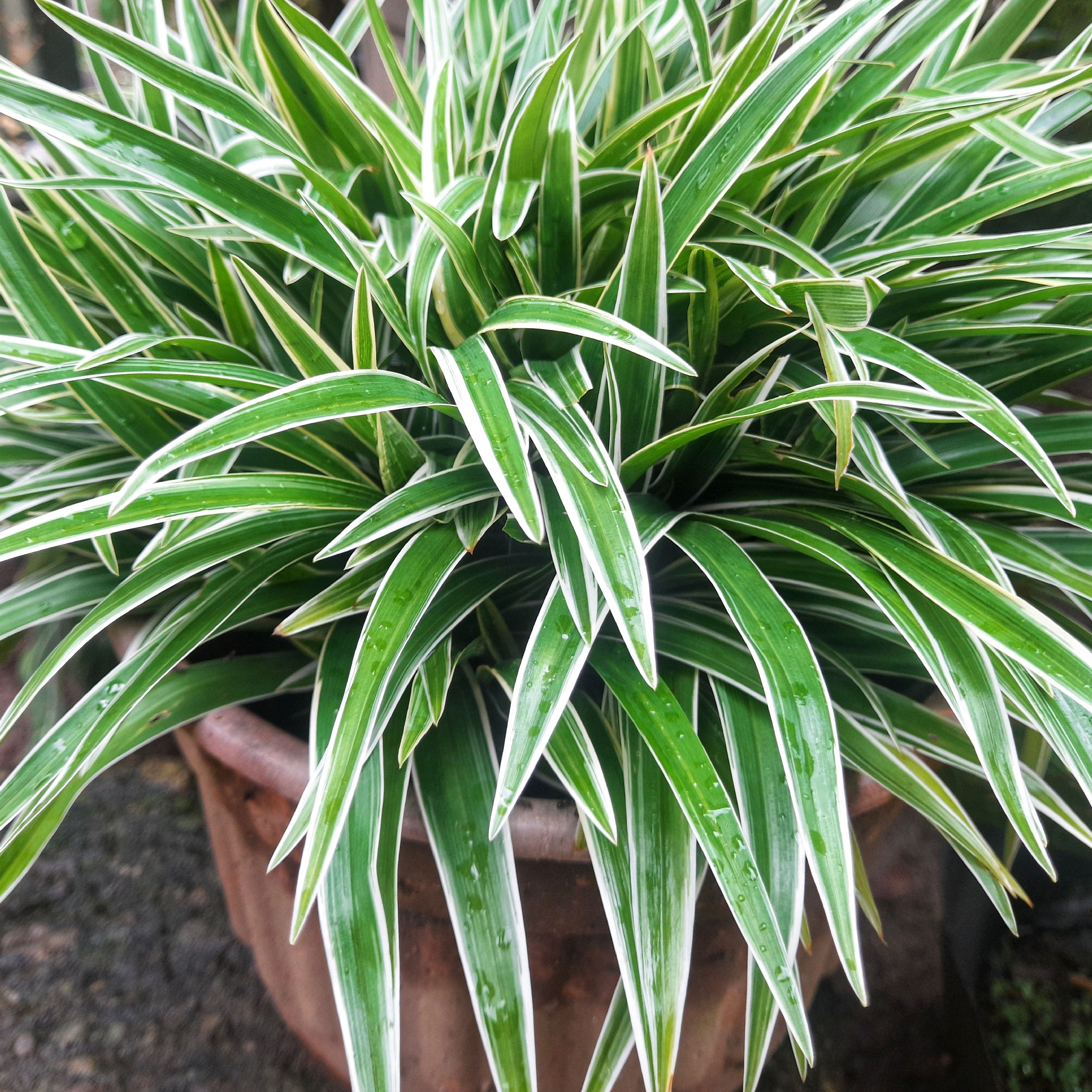 Want To Know How To Make A Spider Plant Bushier? 4 Secrets For Lush & Bushy Spiders
Want To Know How To Make A Spider Plant Bushier? 4 Secrets For Lush & Bushy SpidersAre you looking for ways to make your spider plant look bigger or more dramatic? Follow these quick and easy tips on how to make a spider plant bushier
-
 Best Spider Plant Soil – Complete Soil Guide And Expert Tips For Keeping Plants Happy
Best Spider Plant Soil – Complete Soil Guide And Expert Tips For Keeping Plants HappySpider plants are fun and easy plants to grow, but what is the best soil for a spider plant? Selecting the right soil is important so they can thrive.
-
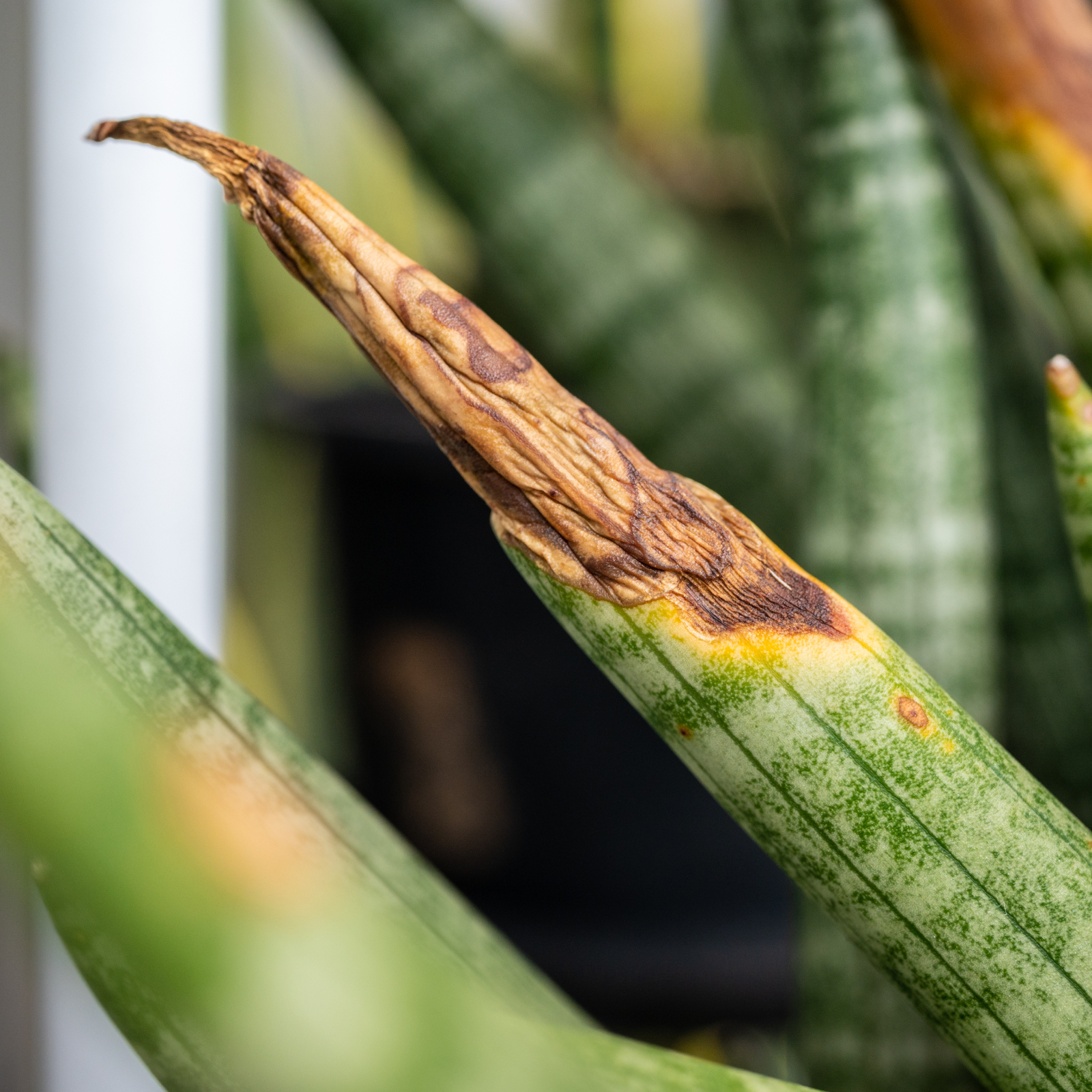 Help, My Snake Plant Is Mushy! Advice For Root Rot In Snake Plants
Help, My Snake Plant Is Mushy! Advice For Root Rot In Snake PlantsSnake plants are hardy houseplants, but they can be susceptible to root rot. Learn how to prevent and treat this common snake plant problem.
-
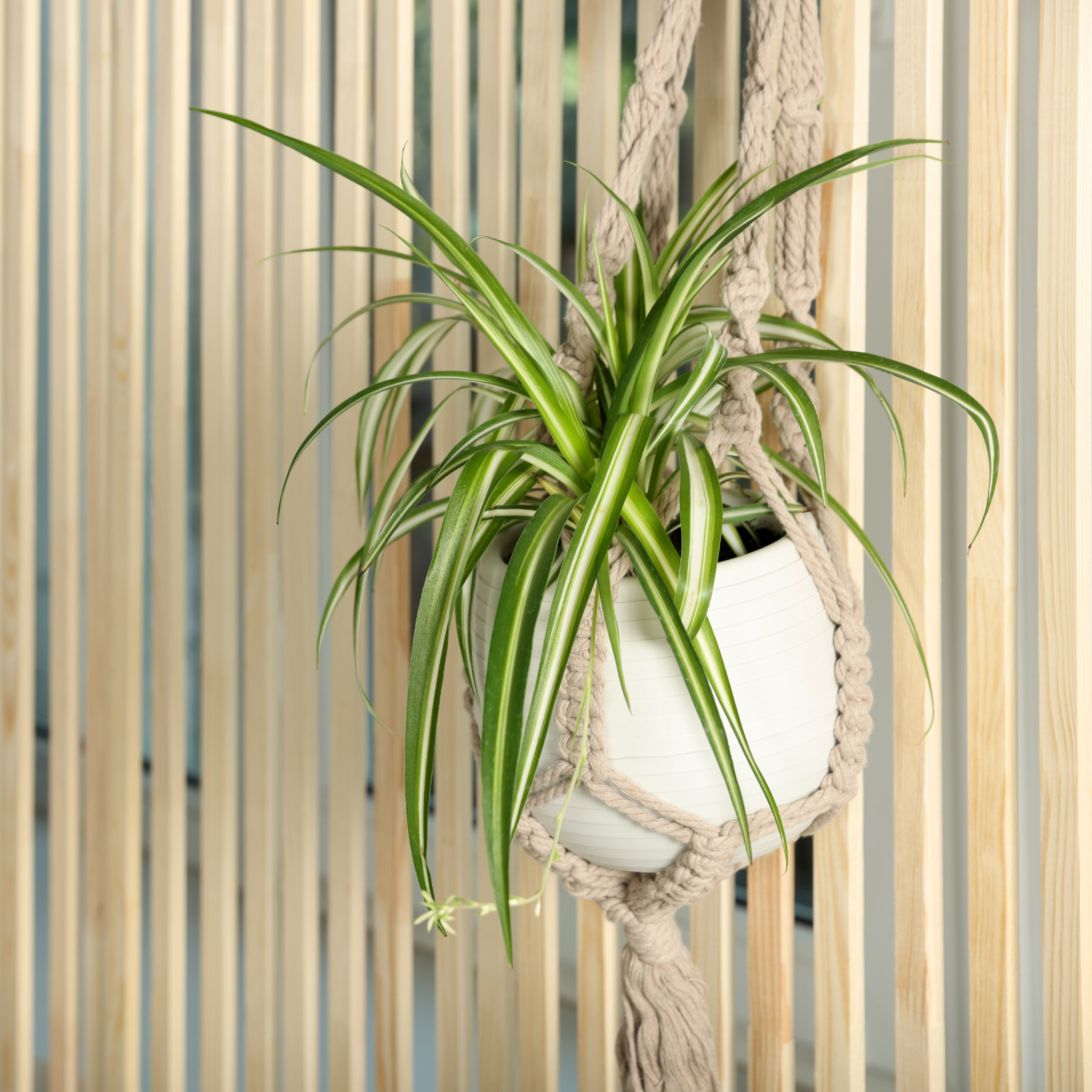 How To Grow A Hanging Spider Plant – For An Elegant Indoor Or Outdoor Display
How To Grow A Hanging Spider Plant – For An Elegant Indoor Or Outdoor DisplayOf all the beautiful baskets we see, the hanging spider plant is probably the easiest to grow. Let your hanging basket spill over with little spider plantlets!
-
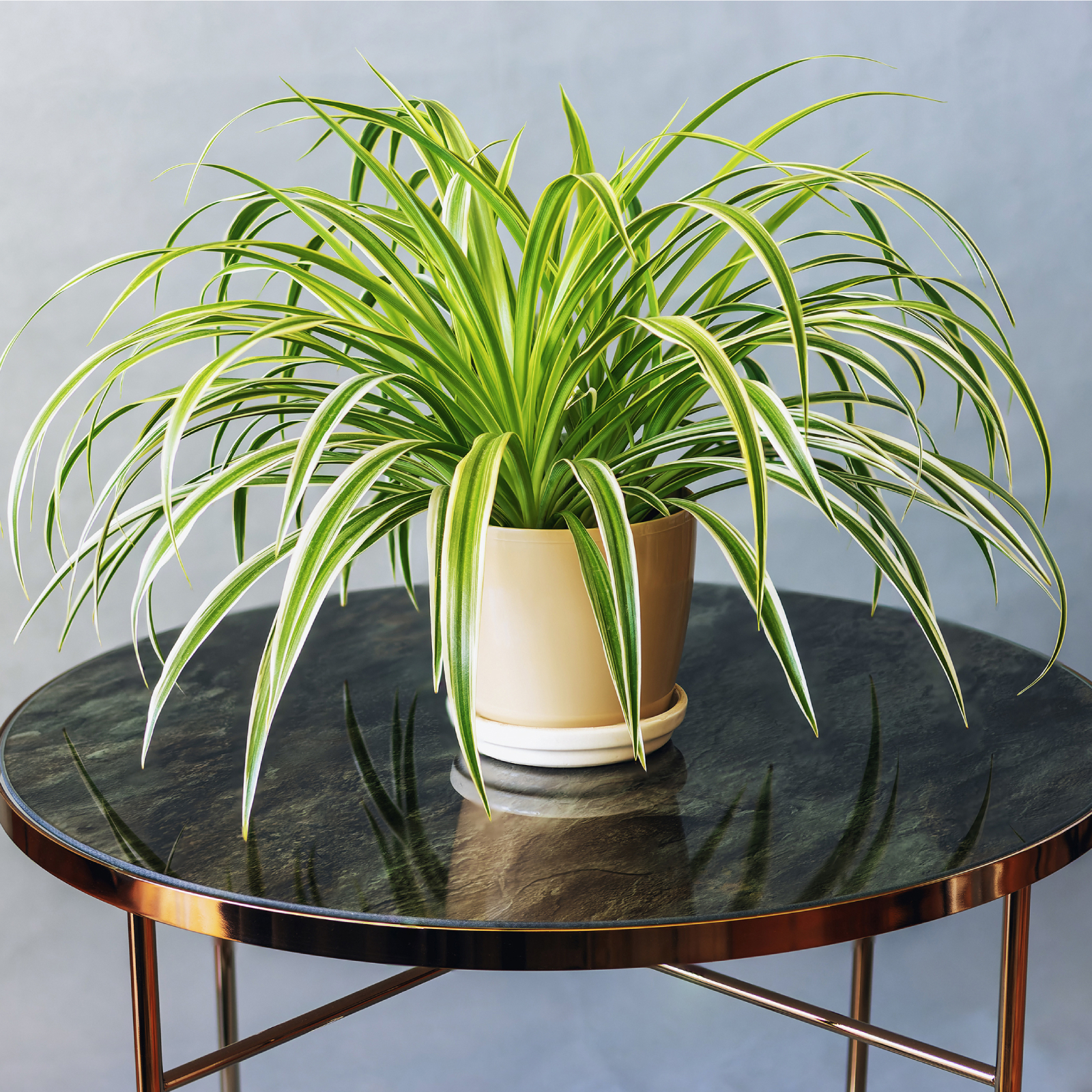 How To Care For A Variegated Spider Plant – Plus, Unique Varieties To Try
How To Care For A Variegated Spider Plant – Plus, Unique Varieties To TryVariegated spider plants and their streaks of green and cream tones bring interest and light to an indoor room, and will elevate your houseplant collection.
-
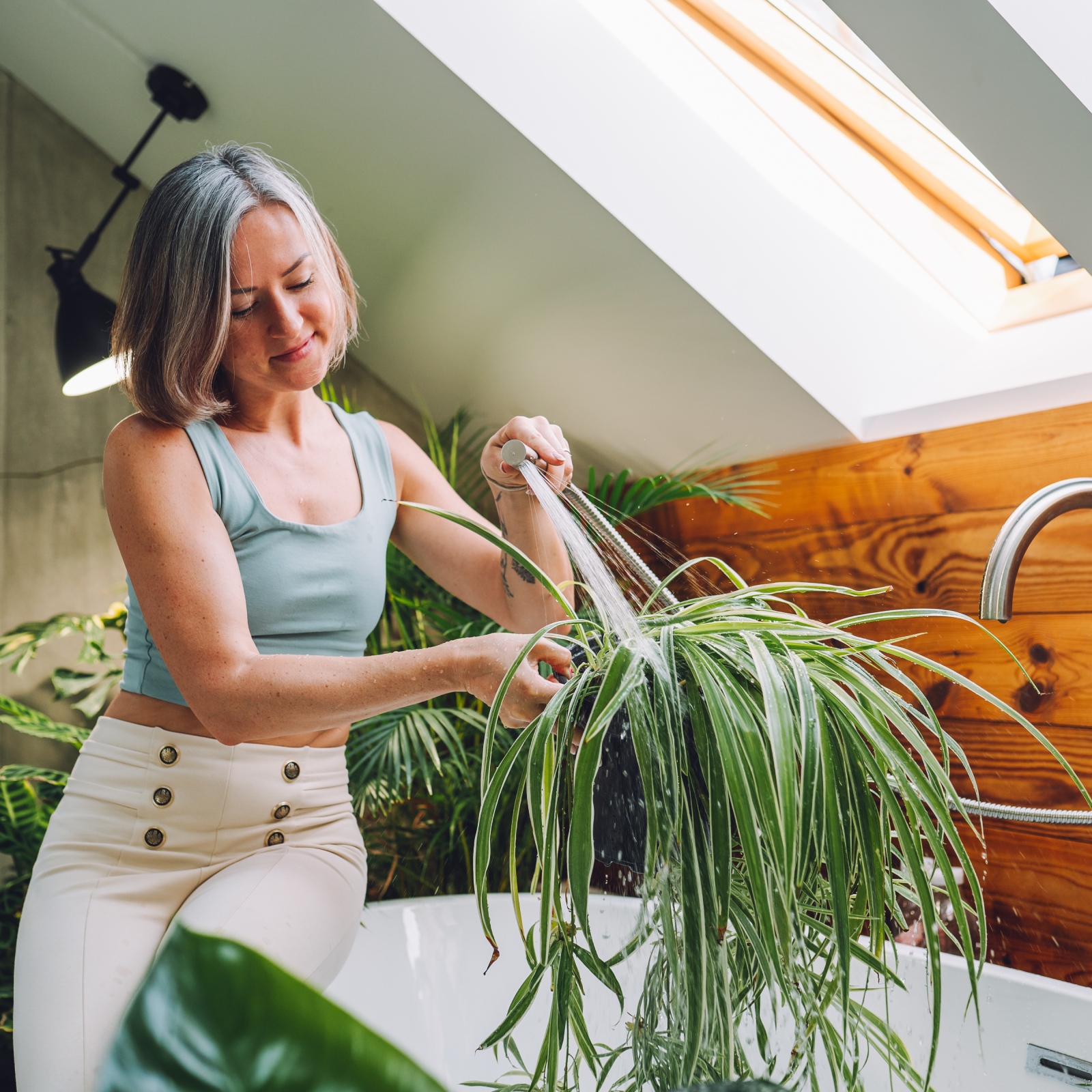 How Often Should You Water A Spider Plant? Tips To Keep Spider Plants Happy And Healthy
How Often Should You Water A Spider Plant? Tips To Keep Spider Plants Happy And HealthySpider plants are hardy and easy to grow, but they do need proper watering to thrive. Read our tips on how often to water your spider plants.
-
 Snake Plant Getting Enough Light? Understanding Light Requirements And How To Adjust
Snake Plant Getting Enough Light? Understanding Light Requirements And How To AdjustSnake plant light requirements aren’t as stringent as for some houseplants, but the right lighting is important for their growth and well-being.